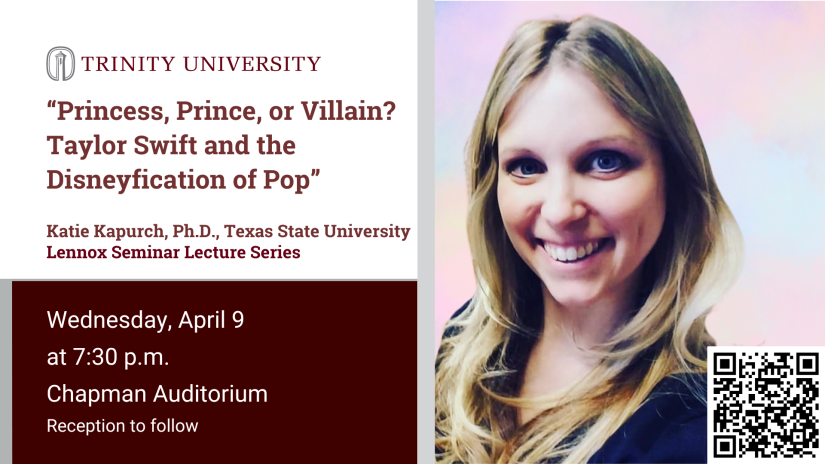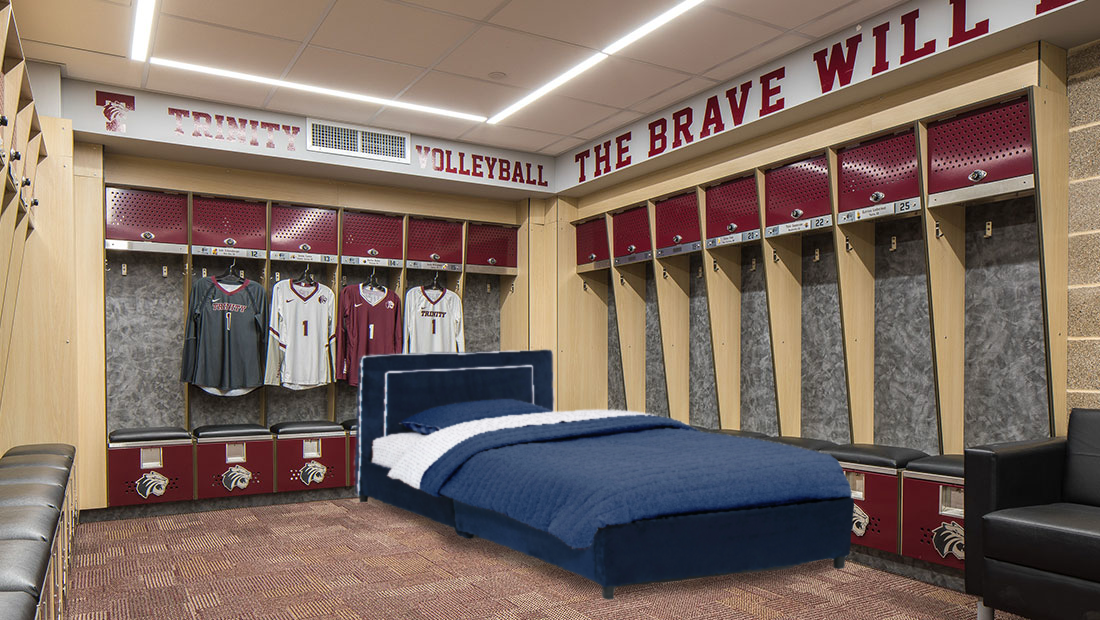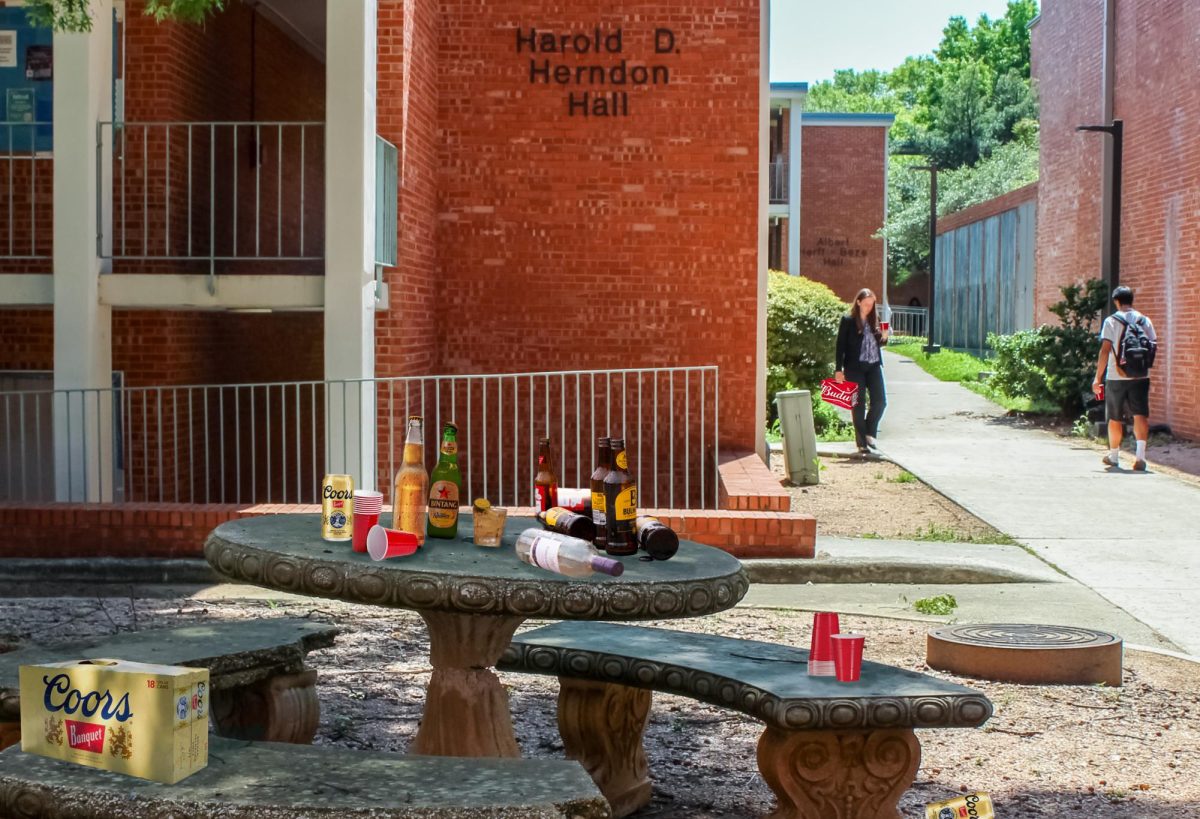Trinity rose in rankings overnight to the 19th best liberal arts college in the U.S. This rise compares us with similarly prestigious institutions, and gives Trinity recognition for its academic excellence and post-graduate success.
On a college ranking site, Niche, Trinity has climbed from 31st best liberal arts college in the U.S. to 19th. Not only have Trinity’s rankings increased in liberal arts colleges, but it is now in the top six percent of private universities in the nation, and top four percent for best faculty in the nation and the second best private college in Texas after Rice University.
Jeanna Balreira, assistant vice president for strategic communications and marketing and Trinity alumna, expressed her excitement for Trinity and its community.
“I want to call it Tiger pride,” Balreira said. “Finally, the nation knows what a great place Trinity is … I know it, you know it, a graduate from the class of 1968 knows it, but now the nation knows it.”
Niche has rapidly become a leading influence in high school students’ college decisions, increasing exposure for Trinity across the country. It displays real student quotes, in-depth analysis of food, dorms, classes, community and other similar rankings which all help paint a vivid picture of the community at specific schools.
Justin Doty, dean of admissions at Trinity, believes that this rise in ranking will help Trinity reach broader audiences. With Trinity now neighboring universities, Colby, Colgate, Vassar and Haverford, in the rankings, prospective students can have a better understanding of where Trinity stands in comparison to other schools.
“It is powerful that Trinity is doing so well with our standings,” Doty said. “It’s just going to be an increased exposure where tens of thousands of more students will be able to see Trinity.”
Ranking platforms like Niche and The Princeton Review base rankings on surveys of students and data they receive from federal reporting agencies like the Integrated Postsecondary Education Data system (IPED). This data includes analyses of everything from how many students applied, the yield rate, SAT scores, net cost, graduation rates, retention rates and more.
One of the biggest reasons Trinity rose in rankings is its move from being on a regional ranking level to a national level. Frances Frey, executive director of institutional research and effectiveness, who reports to ranking agencies, was thrilled to see the transition from the regional to national ranking system for Trinity. She explained while on the regional stage, Trinity was compared to all schools in the West. Through this lens, students could compare Trinity to schools like Texas A&M, which vastly contrasts Trinity’s unique small college traits. Whereas now, Trinity is compared with other colleges.
“Now that we are comparing ourselves to similar institutions, we will see Trinity start to sharpen how we articulate who we are and how we are different,” Frey said. “We are unique because of the culture and place we are in and the hands-on research experiences I haven’t seen at many other schools.”
For Balreira, it’s less about the rankings and more about gaining recognition for the ingenuity of Trinity. During her time, she has found the gem of community that flows through Trinity’s campus.
“Getting the nation to realize the program, support and exceptional academic environment that we offer is unparalleled in our nation right now,” Balreira said. “What being on the national stage means for students means we now have the data to back up the resources and support we are offering for students.”
Trinity is unique in the sense that it offers the core liberal arts education, yet also provides opportunities for business, engineering and health care. Trinity has an endowment of about $700 thousand per student, which is evident through the plethora of resources and opportunities given to students on campus.
“How many liberal arts institutions have a business school, a fully equipped engineering program and a 100% job placement rate for their healthcare students?” Balreira said. “What we should be asking is: ‘What is Trinity doing that no one else is doing? What is Trinity doing to be Trinity for its students, for its alumni?’”










